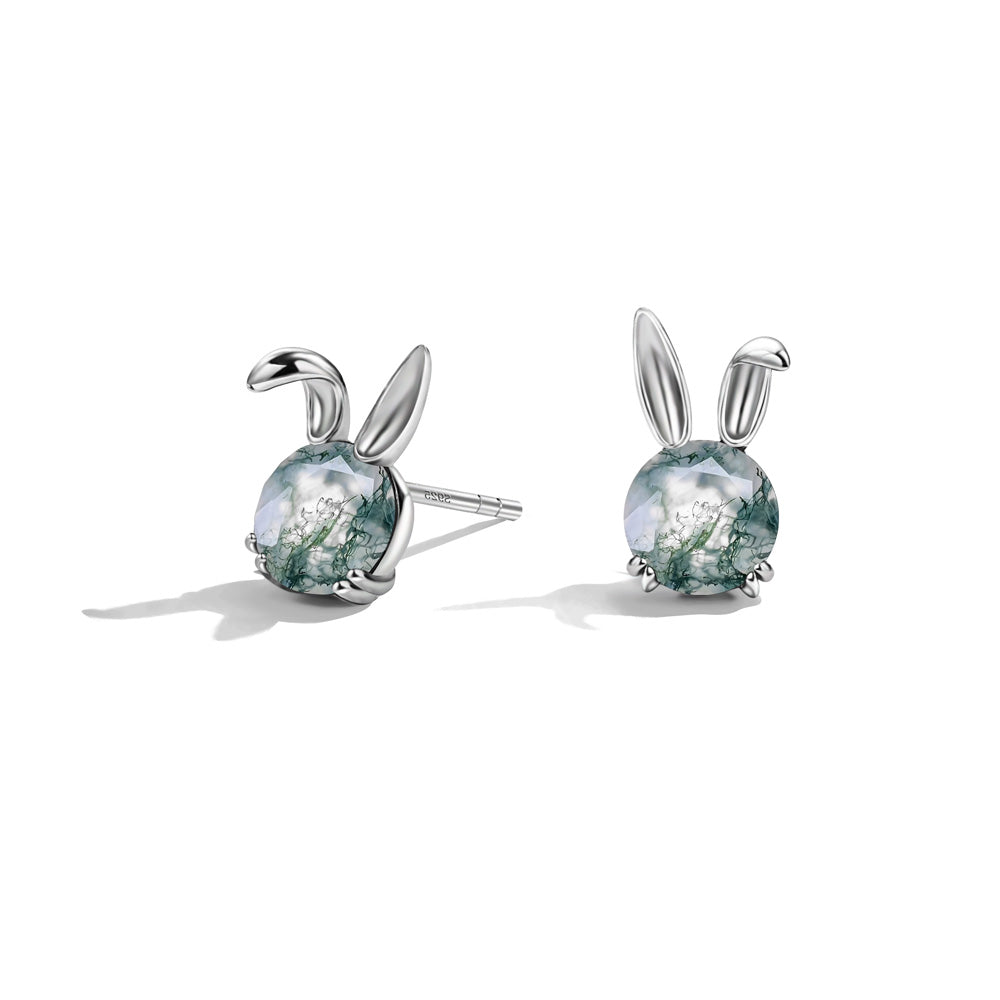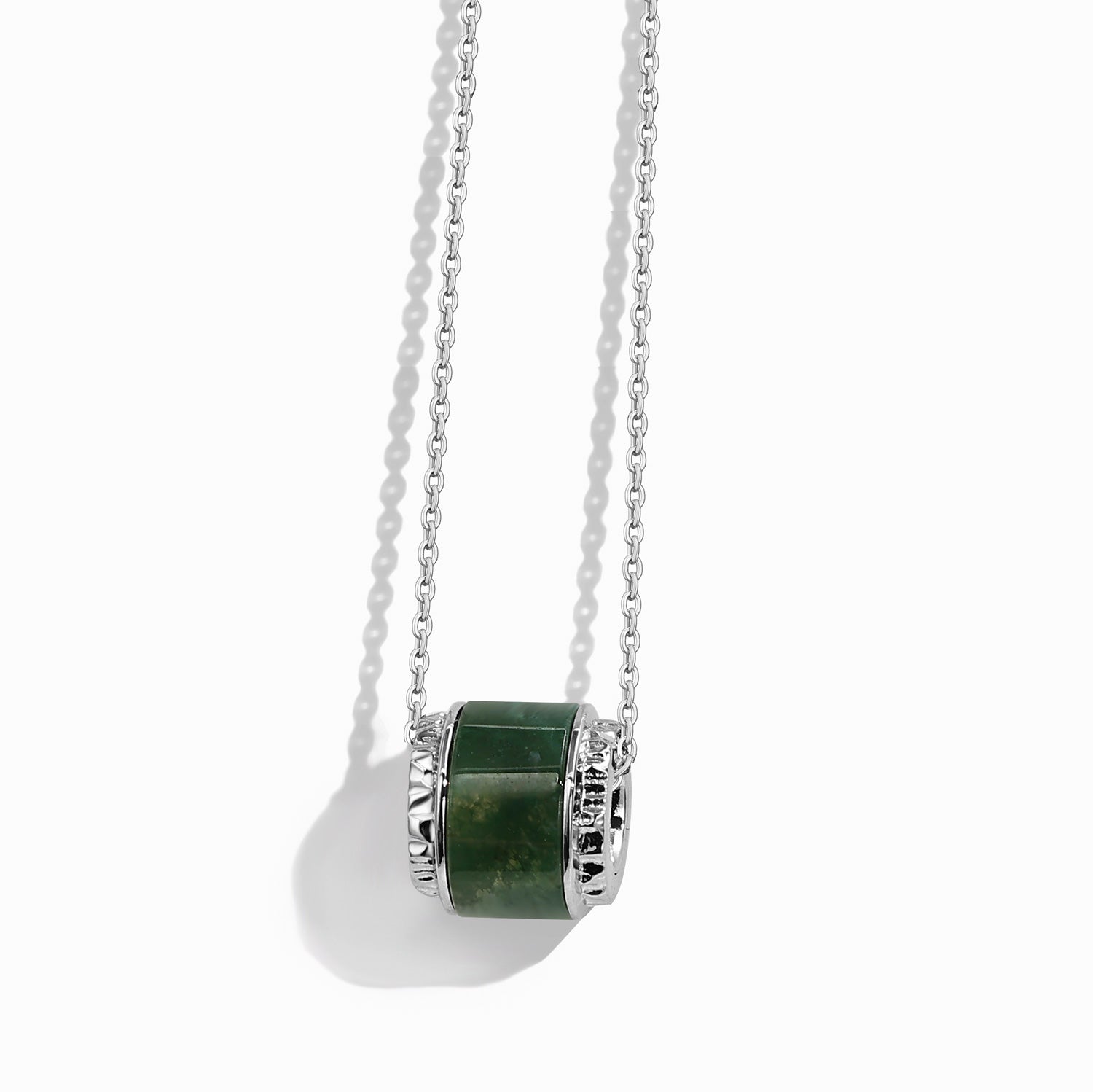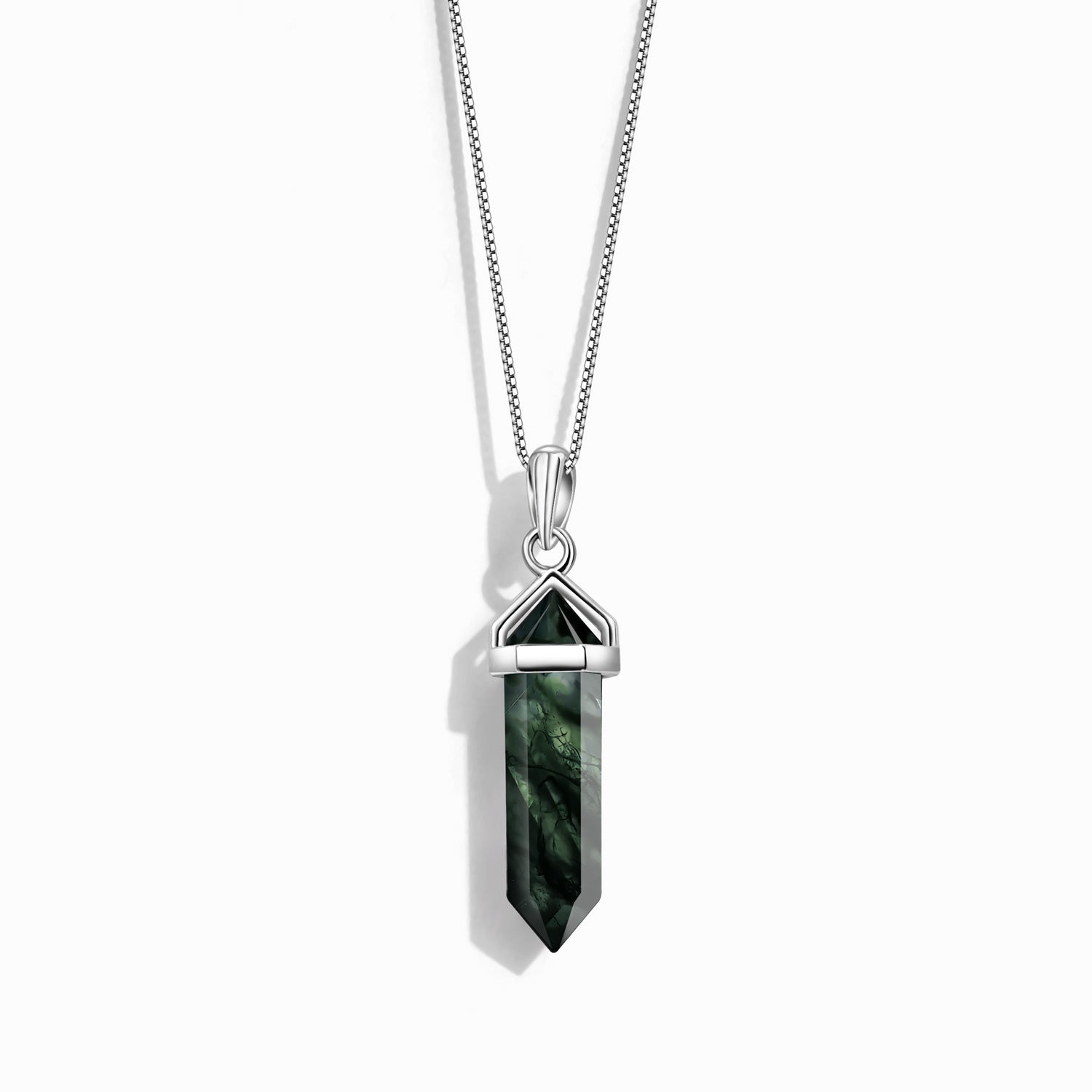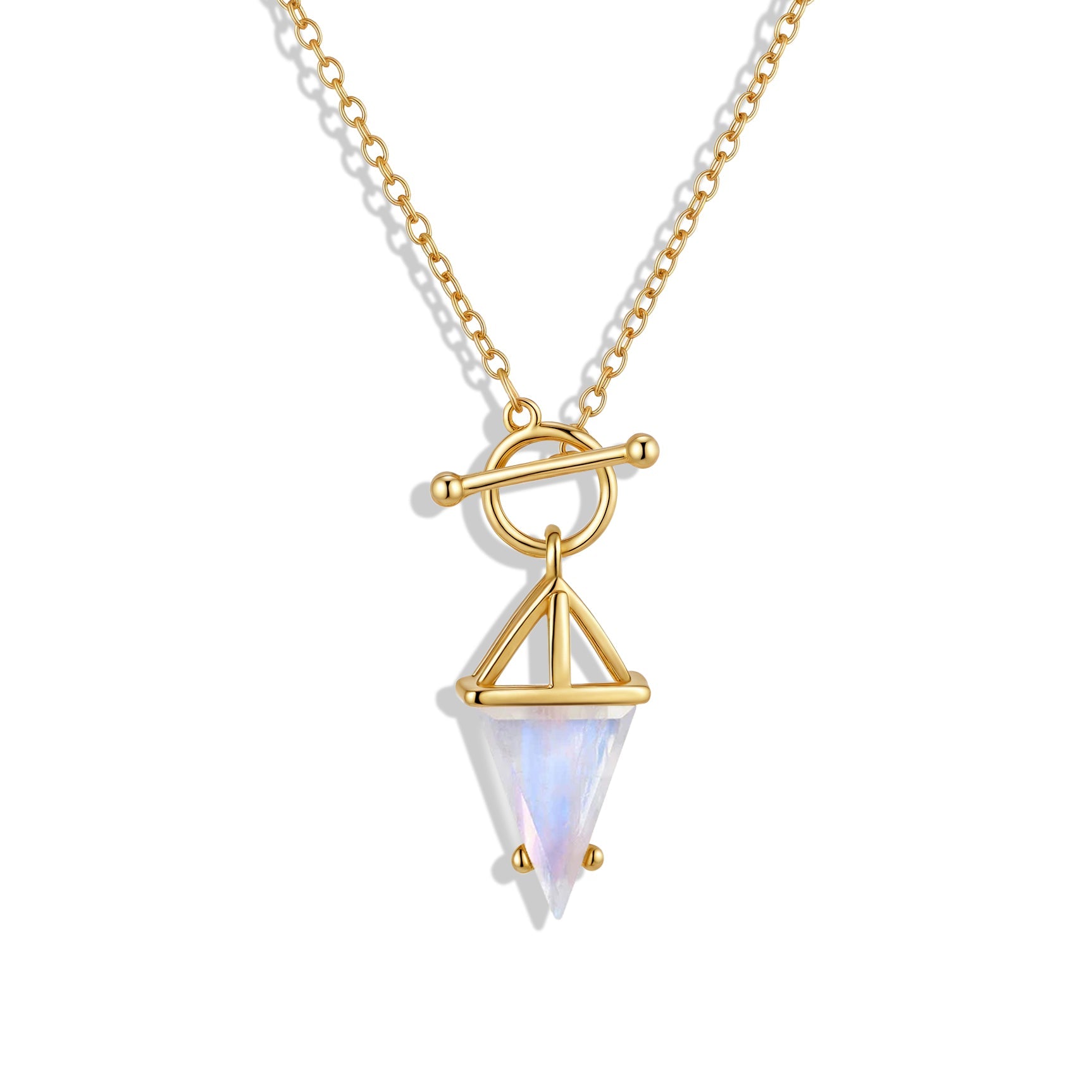Emeralds are a variety of the mineral beryl, or beryllium aluminum silicate. Beryl itself is a colorless mineral and commonly found alongside deposits of tin along hydrothermal veins created by the passage of heated water across deep rock layers.
The celebrated green coloring of emeralds is produced by the presence of either chromium or vanadium, both of which can create different shades of green depending on concentration amounts and different oxidation states. Clarity in emeralds also widely varies depending on the number of inclusions as well as whether there are any fissures in the stone. Also known as cleavages, these lines typically cause the emeralds to break smoothly along defined planes that weaken an otherwise strong gemstone.
When it comes to the Mohs scale for hardness, emerald beryl registers between 7.5 to 8. This places it higher than most other stones used in wellness practices but well below the standard set by diamonds, which register as a 10 at the top of the Mohs scale.
As naturally occurring stones, emeralds are mined globally with some of the largest deposits found in Columbia. Some of the Colombian deposits have even yielded unique emeralds exhibiting beams of color or striation created by the inclusion of dark green to black impurities. Aside from South America, emeralds are sourced from countries throughout Africa, northern Europe, and the United States.
It is important to note that in more recent years, emeralds have been produced synthetically in labs by introducing vanadium to beryl. Since they are created in controlled conditions, these gemstones are often free of inclusions. While chemically the same as natural emeralds, countries like the United States require manufacturers to disclose whether a gemstone is natural or lab grown so consumers can have agency over what they purchase.


















